By john zurcher
America News World
October 2, 2025
In the fast-changing world of online search, Google is making big moves with its AI tools. A new study from BrightEdge, a leading digital marketing company, shows that Google’s AI Overviews now overlap with traditional organic search results by 54%. This means that more than half of the websites recommended in Google’s AI summaries are the same ones that show up in regular search lists. For American businesses, publishers, and website owners, this is a key shift that could change how they attract visitors and make money online.

Organic search is what happens when you type a question into Google and see a list of websites based on popularity, links, and other factors. AI Overviews, on the other hand, are quick summaries generated by artificial intelligence that appear at the top of search results. They pull information from various sources to give a fast answer. The overlap suggests that Google’s AI is learning from the same signals that power regular searches, but in a smarter, faster way.
This news comes at a time when AI is reshaping the internet. In the United States, where millions of people use Google every day for shopping, learning, and news, understanding this overlap is crucial. Small businesses in cities like New York or Los Angeles, as well as big companies in tech hubs like Silicon Valley, rely on search engines to drive traffic. If AI Overviews take over more space, traditional search engine optimization (SEO) strategies might need a refresh.
Understanding the Research
BrightEdge analyzed how AI Overviews rank websites across different industries, or “verticals.” They found that 54% of the citations in AI Overviews match pages that rank well in organic search. The other 46% are new or different sources. This isn’t random. Google uses something called FastSearch, powered by a deep-learning model named RankEmbed.
In simple terms, FastSearch looks at user behavior, like what people click on after searching. It also uses feedback from human raters who check the quality of results. For example, if Americans searching “how to fix a car” often click on video tutorials, the AI learns that videos are what users want for those queries. Over time, this makes AI Overviews more aligned with what ranks high in regular searches.
The study points out that this overlap has grown a lot since AI Overviews launched about 16 months ago. At first, only 32% matched organic results. Now, it’s up to 54%. That’s a 22% increase industry-wide. In September 2024 alone, it jumped by 5.4%. This evolution shows Google is fine-tuning its AI to better serve users, especially in a country like the US where search volume is massive—over 8.5 billion searches per day globally, with a huge chunk from Americans.
Differences Across Industries
Not all sectors are the same. The overlap varies by type of content. “Your Money or Your Life” (YMYL) topics—things like health, finance, and education that affect people’s safety or wallet—show higher matches. These are areas where trust and accuracy matter most.
- Healthcare: 75.3% overlap. It started at 63.3% and keeps growing. Americans searching for medical advice, like “symptoms of diabetes,” want reliable info from trusted sites like Mayo Clinic or WebMD. AI Overviews pull from these same authoritative sources.
- Education: A big jump to 72.6% overlap, up 53.2 points from 19.4%. Queries like “how to learn math online” now see AI summaries citing top educational sites. With remote learning still popular post-COVID in US schools, this makes sense.
- Insurance: 68.6% overlap, up 47.7 points from 20.9%. For searches on “best car insurance rates,” AI favors established providers like Geico or State Farm sites that also rank organically.
Why higher in these areas? Experts think it’s because there are fewer trusted websites. Users expect specific, high-quality sources. Google’s AI, without relying on old-school factors like backlinks, focuses on semantic relevance—what the query really means—and user satisfaction.
On the flip side, e-commerce has low overlap: just 22.9%, with almost no change (+0.6 points). AI Overviews coverage even dropped by 7.6%. Shopping searches like “buy iPhone online” don’t fit well with summaries. People want product pages, prices, and reviews, not essays. AI might help with research, like “iPhone vs Android,” but for buying, users skip to organic results or ads.
This is big for American retailers. During holiday seasons, Black Friday sales drive billions in e-commerce. If AI doesn’t overlap much here, businesses should double down on optimizing product pages for traditional search while experimenting with AI-friendly content.
How Google’s FastSearch Works
To grasp the implications, let’s break down FastSearch. Unlike traditional SEO, which counts links and keywords, FastSearch prioritizes speed and meaning. It uses “click and query data”—what users do after searching. If a site gets clicks for “best burgers in Chicago,” the AI notes that for similar food queries.
Quality raters, humans hired by Google, also train the model. They rate pages on usefulness and accuracy. Together, this teaches RankEmbed patterns. It’s not “learning” like a kid; it’s spotting trends in data.
For US publishers, this means content must match user intent precisely. If someone searches “affordable health insurance plans,” they want lists and comparisons, not long articles. Semantic matching—how words connect in meaning—is key. Tools like Google’s BERT help understand context, like “apple” as fruit or company.
BrightEdge suggests this shift highlights content over links. SEOs should create what users expect: videos for how-tos, lists for comparisons, structured data for facts.
Implications for American Businesses
In America, where digital marketing spends top $300 billion yearly, this overlap changes the game. Publishers worried about AI “stealing” traffic might find relief—54% overlap means good organic ranks can boost AI visibility too.
But the 46% non-overlap is a warning. New sites or those weak in traditional SEO might miss out. E-commerce sites, already facing competition from Amazon, need to adapt. Focus on user-ready content: clear product descriptions, fast-loading pages, and mobile optimization.
For YMYL sectors, the high overlap is good news. Healthcare providers or educators can leverage authority. But they must maintain E-A-T (Expertise, Authoritativeness, Trustworthiness), Google’s quality guidelines.
Government and policy angles: With AI influencing info, US regulators like the FTC watch for misinformation. In elections or health crises, accurate AI summaries matter. The study implies Google’s AI aligns with trusted sources, reducing risks.
Globally, but especially in the US, this pushes for “AI-ready” SEO. Tools like schema markup help AI understand content. Monitoring overlap, as BrightEdge advises, is step one.
Steps to Adapt
BrightEdge gives clear advice:
- Measure Your Overlap: Check what percentage of your AI citations rank organically. Compare to the 54% average. Tools like Google Search Console or third-party analyzers help.
- Match User Intent: High overlap (>60%)? Stick to SEO basics. Low (<30%)? Split strategies—some for AI summaries, some for deep dives. Medium (30-60%)? Build comprehensive content.
- Track Changes: Overlap grows monthly. Watch for jumps like last September’s. Adjust quickly to trends.
For American sites, add local flavor. Optimize for US queries, like “best tacos in Texas,” and use voice search since AI Overviews tie into assistants like Google Assistant.
Related studies echo this. Analyses of 19 AI impact reports show similar trends: AI boosts top sites but challenges smaller ones. SEO experts predict adaptation into 2026, blending human content with AI optimization.
Broader Picture and Future Outlook
This isn’t just tech news; it’s economic. US jobs in digital marketing, content creation, and e-commerce depend on search visibility. As AI evolves, publishers must innovate. Some create AI-specific sections; others partner with Google.
Challenges remain. FastSearch skips traditional signals, so link-building might lose power. Focus on quality, speed, and relevance.
In conclusion, the 54% overlap is a bridge between old and new search. American businesses should embrace it: strengthen organic SEO, understand user needs, and monitor AI shifts. By doing so, they can thrive in Google’s AI-driven world.
For the full BrightEdge report, visit their site. Stay tuned to America News World for more on how tech changes daily life.
Discover more from AMERICA NEWS WORLD
Subscribe to get the latest posts sent to your email.



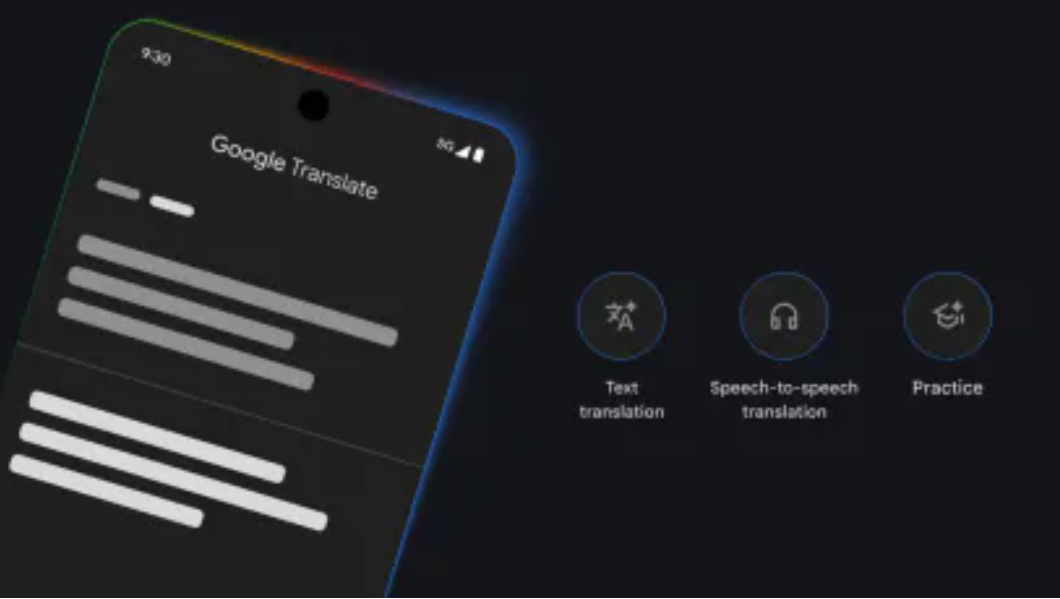


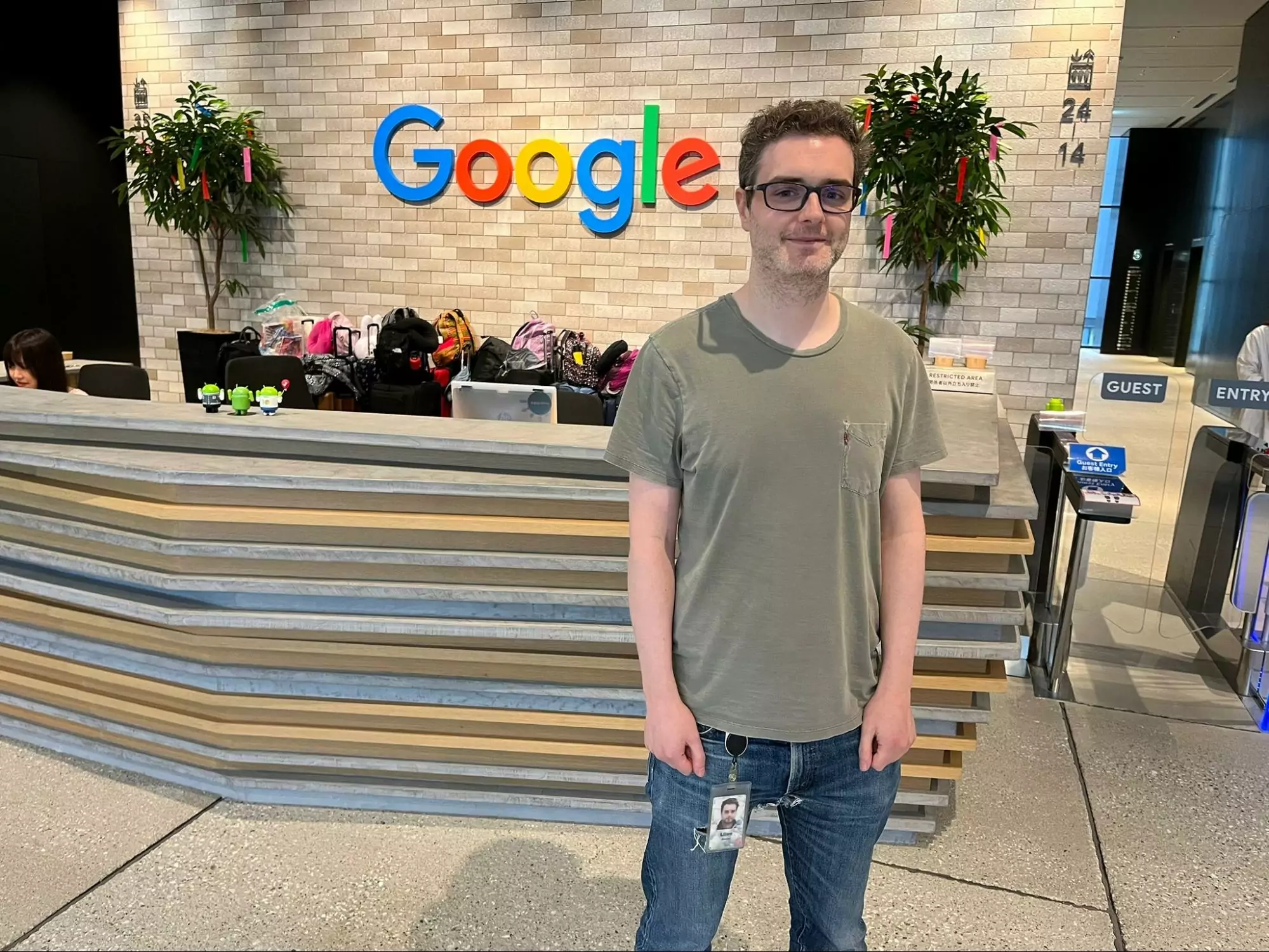







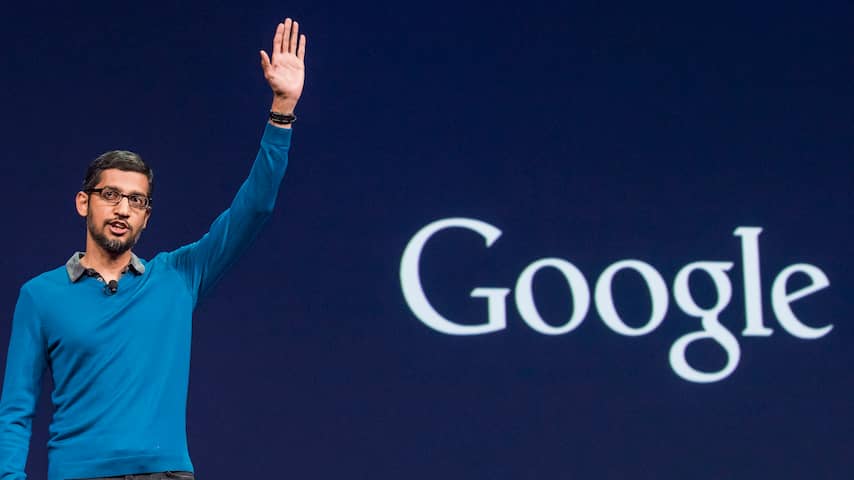



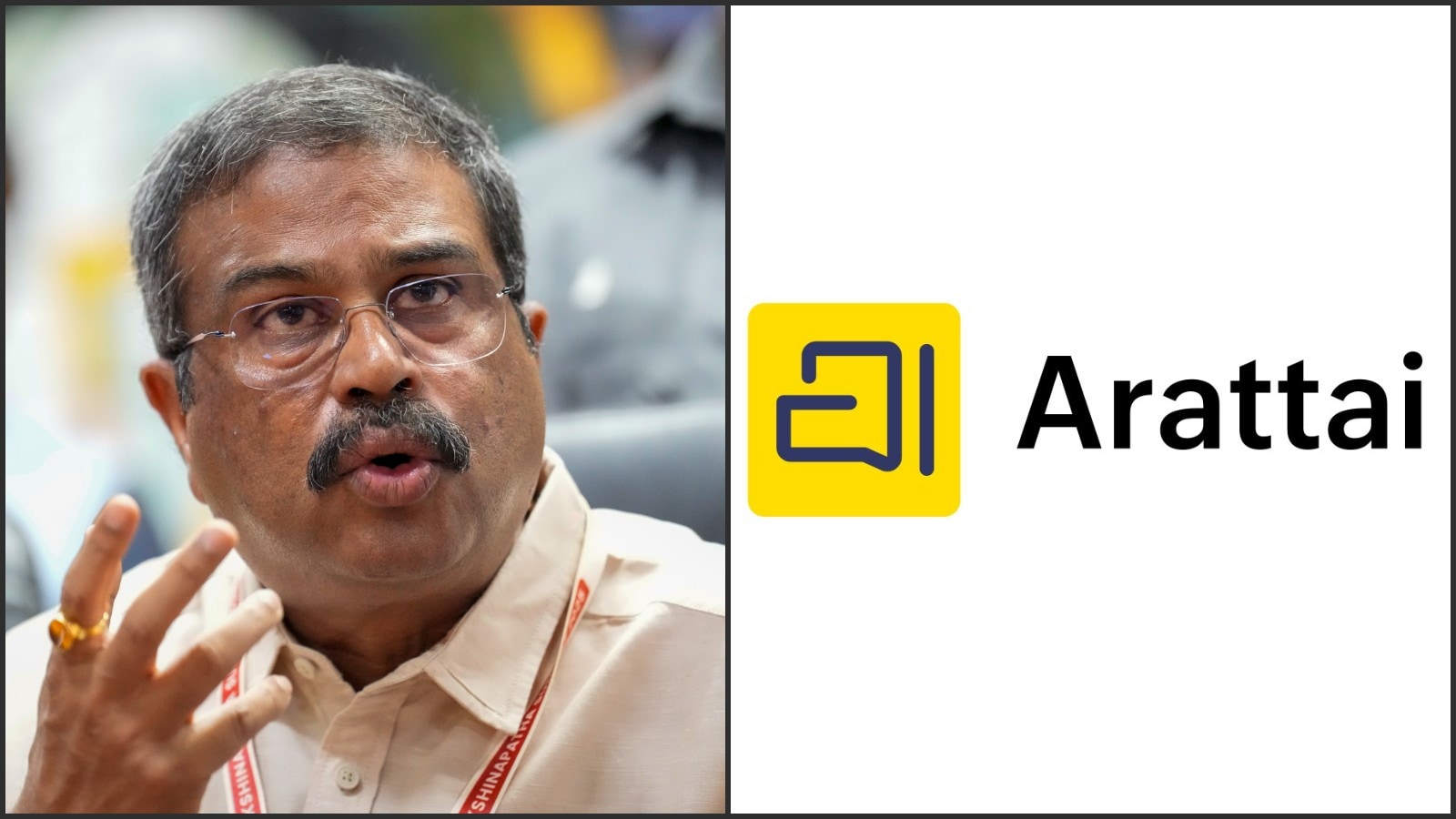








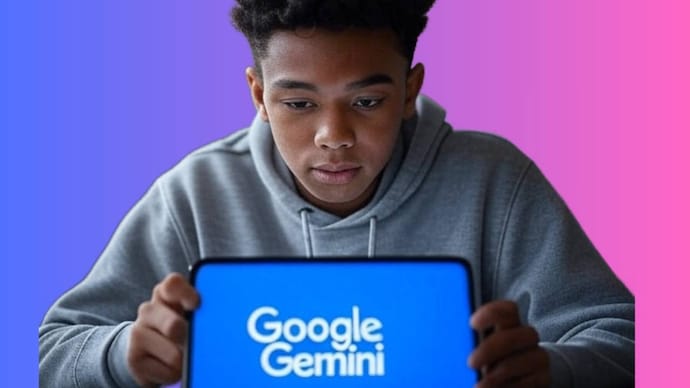


**, we dive into why your electric bill is climbing and what can be done. ### Why Are Electricity Prices Rising? Electricity costs are soaring across the United States. According to the U.S. Energy Information Administration (EIA), household electricity prices are expected to jump 13% from 2022 to 2025. In some states, the increase is even steeper. For instance, Maine saw a 36.3% spike, while Connecticut faced an 18.4% rise between May 2024 and May 2025. Nationwide, the average household paid 17.47 cents per kilowatt-hour in May 2025, up from 16.41 cents a year earlier—a 6.5% increase. So, what’s driving these hikes? First, there’s a massive surge in electricity demand. More people are using air conditioners during hotter summers. Electric vehicles and heat pumps are also becoming popular. However, the biggest culprit is the rapid growth of AI-powered data centers. These facilities, run by tech giants like Amazon, Google, and Microsoft, use as much electricity as small cities. A single AI search, like one on ChatGPT, consumes 10 times more power than a regular Google search. Additionally, natural gas prices, a key fuel for power plants, have climbed. The aging US power grid also struggles to keep up. Many transmission lines and power plants date back to the post-World War II era. As a result, utilities are spending billions to upgrade infrastructure, and those costs are passed on to consumers. > **Data Highlight: Electricity Price Trends (2022-2025)** > Source: U.S. Energy Information Administration > - **2022**: 14.96 cents per kWh > - **2023**: 15.87 cents per kWh > - **2024**: 16.41 cents per kWh > - **2025 (May)**: 17.47 cents per kWh > *Note*: Some states like Maine (+36.3%) and Connecticut (+18.4%) saw sharper increases. ```chartjs { "type": "line", "data": { "labels": ["2022", "2023", "2024", "2025 (May)"], "datasets": [{ "label": "Average US Electricity Price (cents per kWh)", "data": [14.96, 15.87, 16.41, 17.47], "borderColor": "#007bff", "backgroundColor": "rgba(0, 123, 255, 0.2)", "fill": true }] }, "options": { "responsive": true, "maintainAspectRatio": false, "scales": { "y": { "beginAtZero": false, "title": { "display": true, "text": "Price (cents per kWh)" } }, "x": { "title": { "display": true, "text": "Year" } } } } } ``` ### The AI Power Problem The AI boom is transforming how we live, work, and search online. But it comes at a cost. Data centers that power AI tools are sprouting up fast. Between 2021 and 2024, the number of US data centers doubled. By 2030, they could consume 5% to 9% of the nation’s electricity, according to the Electric Power Research Institute. This is a big jump from just 4% in 2022. For example, PJM Interconnection, which serves 67 million people across 13 states, reported a massive spike in demand. In 2024, its capacity auction prices jumped 833%, with data centers driving nearly 70% of the increase. This led to higher bills for households in states like Pennsylvania, New Jersey, and Ohio. In Columbus, Ohio, typical electric bills rose by $27 a month in 2025. Moreover, AI tasks are energy hogs. Generating a single high-definition AI image uses as much power as charging a smartphone halfway. As more people use AI for work or fun, the strain on the grid grows. Tech companies are racing to build bigger data centers, but the power supply isn’t keeping up. This mismatch is pushing prices higher. > **Image**: An Amazon Web Services data center in Boardman, Oregon, August 2024. (Source: Jenny Kane/AP) > *Caption*: Data centers like this one are driving up electricity demand across the US. ### Other Factors Behind the Price Surge While AI is a major player, it’s not the only reason for rising bills. Natural gas prices have spiked, making it more expensive to generate electricity. Also, the US power grid is old and needs upgrades. The Department of Energy says 70% of transmission lines are nearing the end of their lifespan. Replacing them costs billions, and consumers foot the bill. Extreme weather is another issue. Heat waves and storms are more frequent, forcing utilities to repair or harden the grid. In California, utilities spent $27 billion from 2019 to 2023 on wildfire prevention and insurance. These costs trickle down to customers. Meanwhile, some states are phasing out coal plants, but new renewable energy projects face delays due to permitting issues. For more insights on how energy costs affect households, check out **[AMERICA NEWS WORLD (ANW)](https://america112.com/)** for the latest updates. ### Solutions to Ease the Burden Thankfully, there are ways to tackle rising electricity costs. First, experts suggest speeding up the permitting process for new power plants, especially solar and wind. The International Energy Agency (IEA) predicts that solar and wind could add 110 terawatt-hours of power for data centers by 2030. Streamlining permits could bring these projects online faster. Next, tech companies are stepping up. Google recently signed deals to reduce AI data center power use during peak grid times. Amazon is investing in small modular nuclear reactors to power its operations cleanly. These efforts could lower costs and emissions in the long run. Additionally, hardening the grid can help. In Florida, utilities are using concrete poles and advanced tech to make power lines hurricane-proof. In California, moving lines underground reduces wildfire risks. These upgrades cost money upfront but save on repairs later. Finally, power purchase agreements (PPAs) let data centers buy renewable energy directly. This reduces reliance on fossil fuels and keeps costs down for consumers. Co-locating data centers with solar or wind farms is another smart move. For more on clean energy solutions, visit **[AMERICA NEWS WORLD (ANW)](https://america112.com/)**. > **Data Highlight: Projected Data Center Power Demand** > Source: Electric Power Research Institute > - **2022**: 4% of US electricity consumption > - **2030 (Projected)**: 5% to 9% of US electricity consumption > - **Growth**: Data center energy use could double by 2030. ```chartjs { "type": "bar", "data": { "labels": ["2022", "2030 (Projected)"], "datasets": [{ "label": "Data Center Electricity Consumption (% of US Total)", "data": [4, 7], "backgroundColor": ["#28a745", "#dc3545"], "borderColor": ["#28a745", "#dc3545"], "borderWidth": 1 }] }, "options": { "responsive": true, "maintainAspectRatio": false, "scales": { "y": { "beginAtZero": true, "title": { "display": true, "text": "% of US Electricity" } }, "x": { "title": { "display": true, "text": "Year" } } } } } ``` ### What’s Next for Consumers? Electricity prices may keep rising if demand outpaces supply. The White House warns that AI data centers could push prices up 9-58% by 2030 without new investments. The US needs $1.4 trillion by 2030 to meet growing power needs, according to the White House Council of Economic Advisors. This includes building new power plants and transmission lines. However, not all hope is lost. Renewable energy is getting cheaper. Solar and wind projects are expanding, and nuclear power is making a comeback. For example, Microsoft is reviving Pennsylvania’s Three Mile Island nuclear plant to power its AI tools. These efforts could stabilize prices over time. Consumers can also take action. Using energy-efficient appliances, sealing home leaks, and switching to LED lights can lower bills. ### Global Impact and Local Action The AI-driven power surge isn’t just a US problem—it’s global. Data centers worldwide could consume 3-4% of global power by 2030, up from 1-2% today, according to Goldman Sachs. In Europe, countries like Ireland and Germany are seeing similar price hikes. In Asia, Malaysia’s data centers could account for one-fifth of power demand growth. Locally, communities near data centers face challenges. Noise, water use, and power outages are common complaints. Some states, like Pennsylvania, are pushing back. Governor Josh Shapiro has threatened to pull the state from PJM if costs don’t drop. For more on local energy issues, ### Looking Ahead The AI revolution is exciting, but it’s putting pressure on power grids and wallets. While tech companies and utilities work on solutions, consumers are stuck with higher bills. By investing in clean energy, upgrading grids, and managing demand, the US can balance innovation with affordability. Stay informed with **[AMERICA NEWS WORLD (ANW)](https://america112.com/)** for the latest energy news. For a deeper dive into how AI is reshaping the energy landscape, check out this [CBS News article](https://www.cbsnews.com/news/ai-data-centers-electricity-demand-power-grid-us/) on the growing strain on US power grids.](https://america112.com/wp-content/uploads/2025/08/1198006_3_0818-NPRICES-lines-lede.jpg_standard-1.jpg)









Leave a Reply